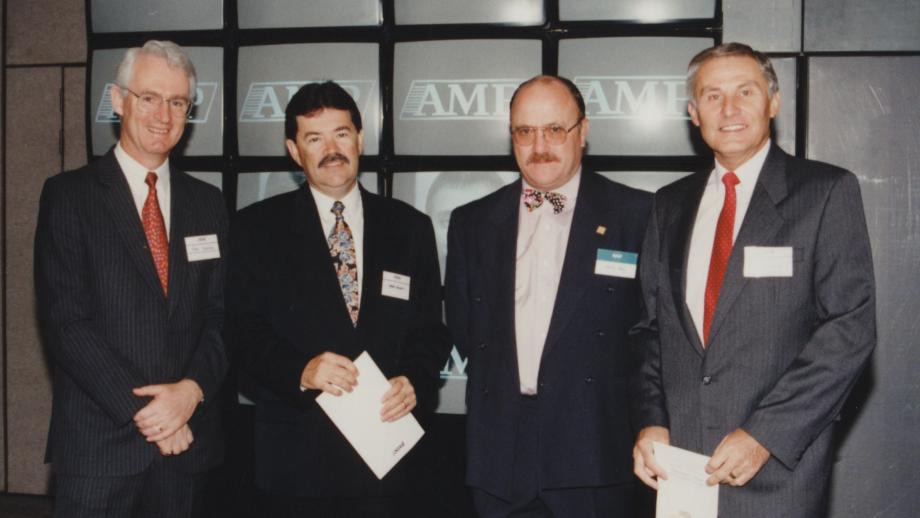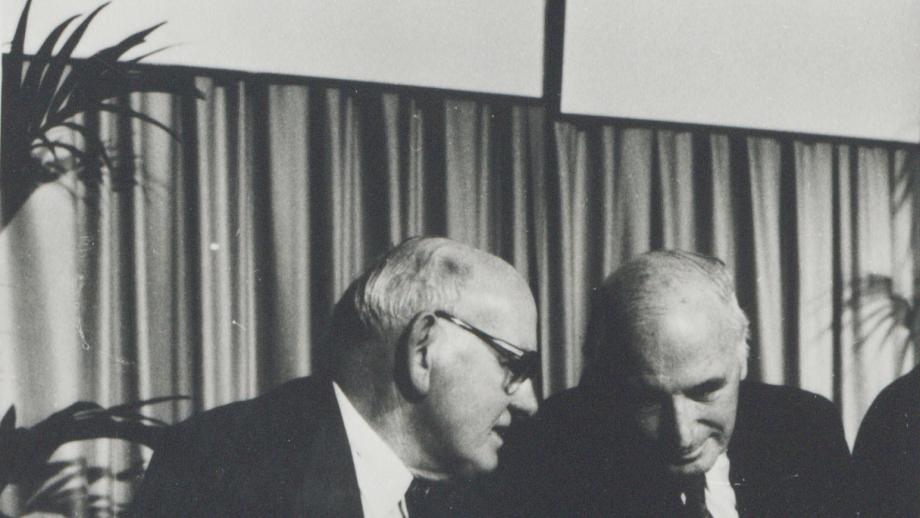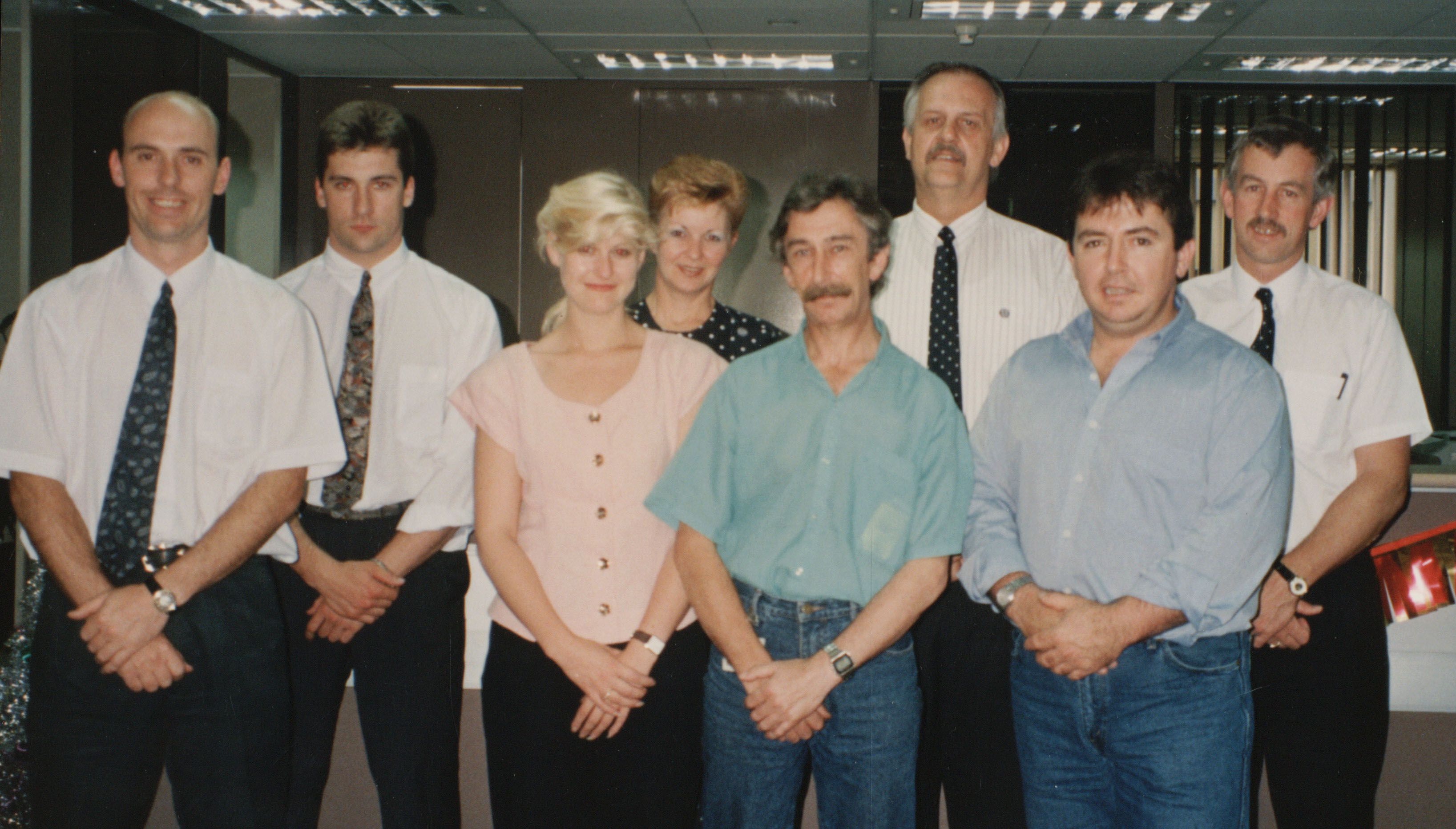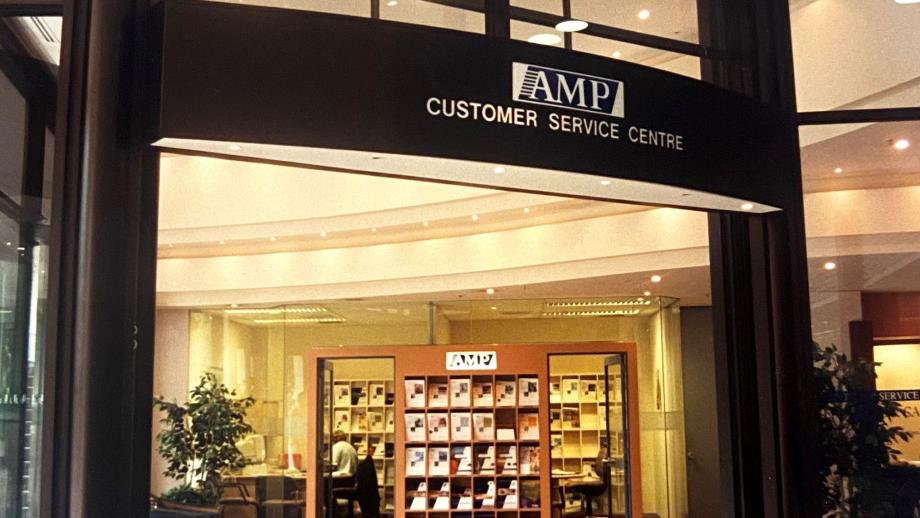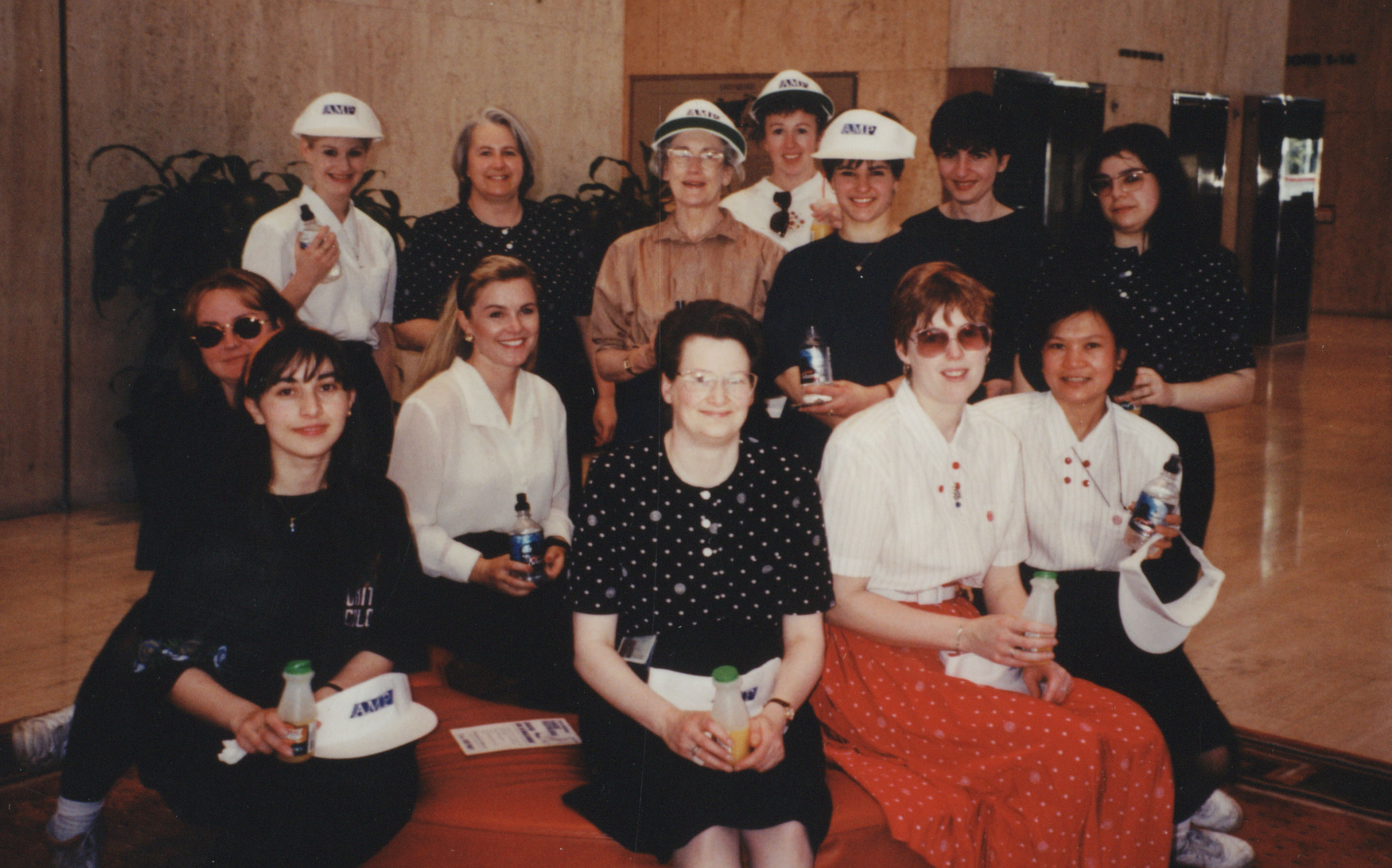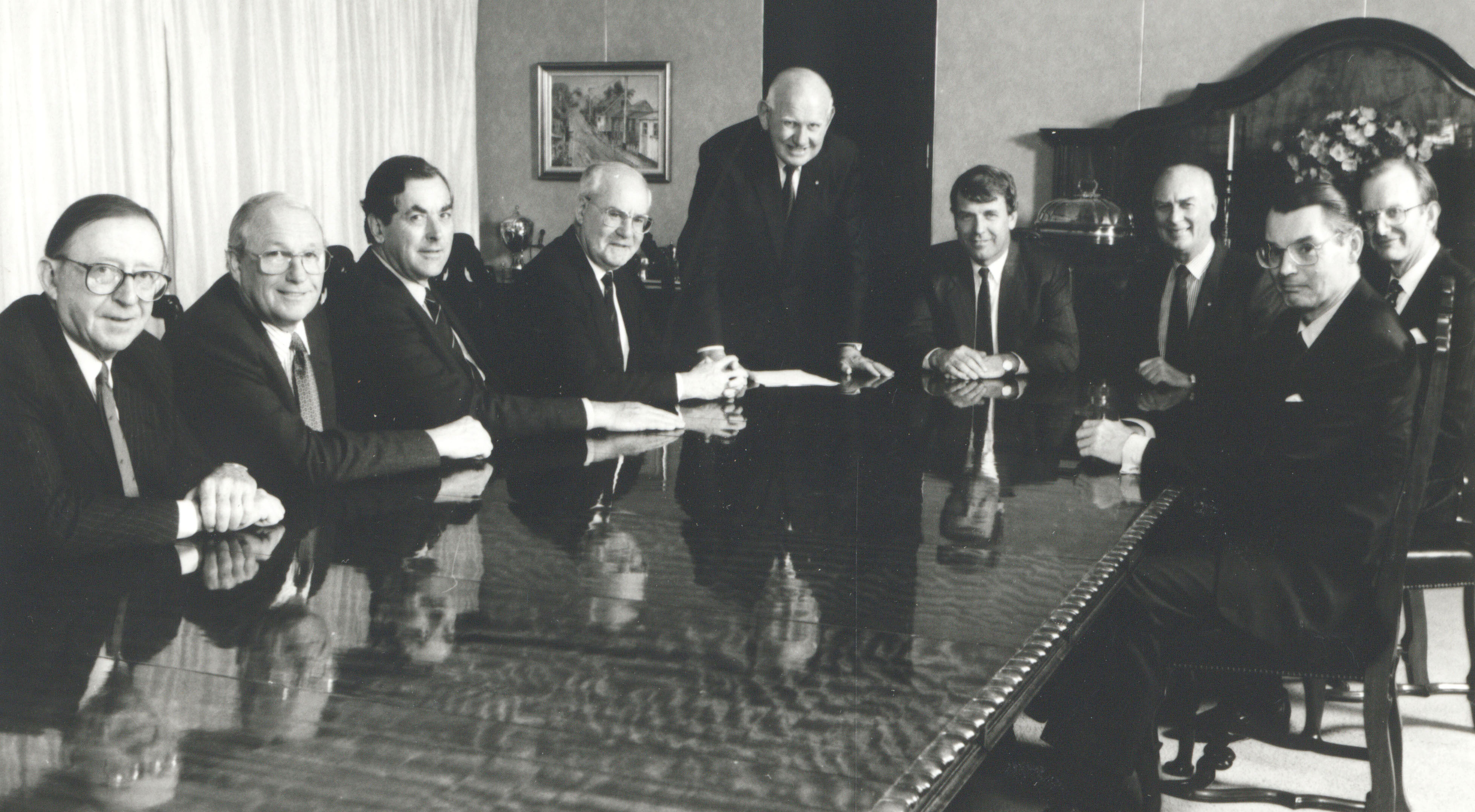The 1990s
In December 1989 AMP managing director Ian Stanwell experienced a cerebral hemorrhage. During his recovery AMP chairman Sir James Balderstone took on much of the leadership of AMP. He had sat on AMP boards since 1962. When Stanwell retired a year later, Ian Salmon took over as managing director, the first managing director to have not spent his entire career at AMP, although he had been with AMP for 25 years. With the economy in a slump, between 1991-92 AMP undertook a thorough review of its operations and unfortunately retrenched around 2,000 employees in one year to streamline operations, followed by even more retrenchments among sales managers, advisers, and support staff.
The early 1990s were challenging for the economy and AMP. AMP’s investments either fell in value or made no gains and business was slow. In 1992 the state boards were abolished and replaced by a national board of twelve members, although boards were retained in New Zealand and Great Britain. AMP attempted a merger with its rival National Mutual, but the deal was not approved by Federal Treasurer Paul Keating. Keating had notably named AMP as one of Australia’s “six pillars”, rating it as one of the country’s top six companies along with the big four banks and National Mutual. All were prohibited from merging to ensure the banking and insurance sectors remained competitive.
In 1991 AMP’s joint venture with Chase Manhattan ended, with Chase buying out AMP’s share of Chase AMP Bank. AMP set its sights on Asia and in 1992 opened its first Asian office in Hong Kong, with plans to expand into Taiwan, Thailand, South Korea, Indonesia, China and Japan. Hong Kong was favoured, noting its rival National Mutual was already established there and doing great business. In 1994 AMP expanded into Indonesia with the opening of AMP Panin Life.
AMP was increasingly interested in partnering with a local bank, with banking and insurance having some obvious overlap. When negotiations with the National Australia Bank stalled in 1990, AMP met with Westpac. In March 1991 Westpac’s Board rejected a partnership offer but reversed this decision in May. Under the deal, AMP increased its holding in Westpac to 10% (the requested 15% was not approved by Treasurer Paul Keating) and they agreed AMP would focus on insurance while Westpac would focus on banking. Westpac’s insurance business, Westpac Life, was sold to AMP for $240 million and became AMPAC Life. The partnership was not initially a great success, largely because Westpac’s bad debts were far greater than expected and AMP failed to experience much growth in its customer base. Ultimately the deal was favourable for AMP, but mostly through the growth of its Westpac shares, which rebounded following new leadership at the bank. Between 1995-1998 AMP’s shares in Westpac grew in value from $1.5 to $3 billion.
AMP benefited from the Superannuation Guarantee, introduced in 1992, which made superannuation compulsory. Superannuation had of course existed much earlier than this, and AMP had been a supporter of superannuation for its employees as early as the 1880s, but prior to the Superannuation Guarantee, employers were not legally required to make contributions on behalf of their employees. AMP, having such a long history and expertise with superannuation, reaped the benefits of this new national scheme and by the mid-1990s it managed corporate superannuation schemes for approximately 2.5 million Australians (Blainey, 1999). However, the rise of this arm of AMP’s business did dint its market in the traditional voluntary products on which it had primarily built its business.
